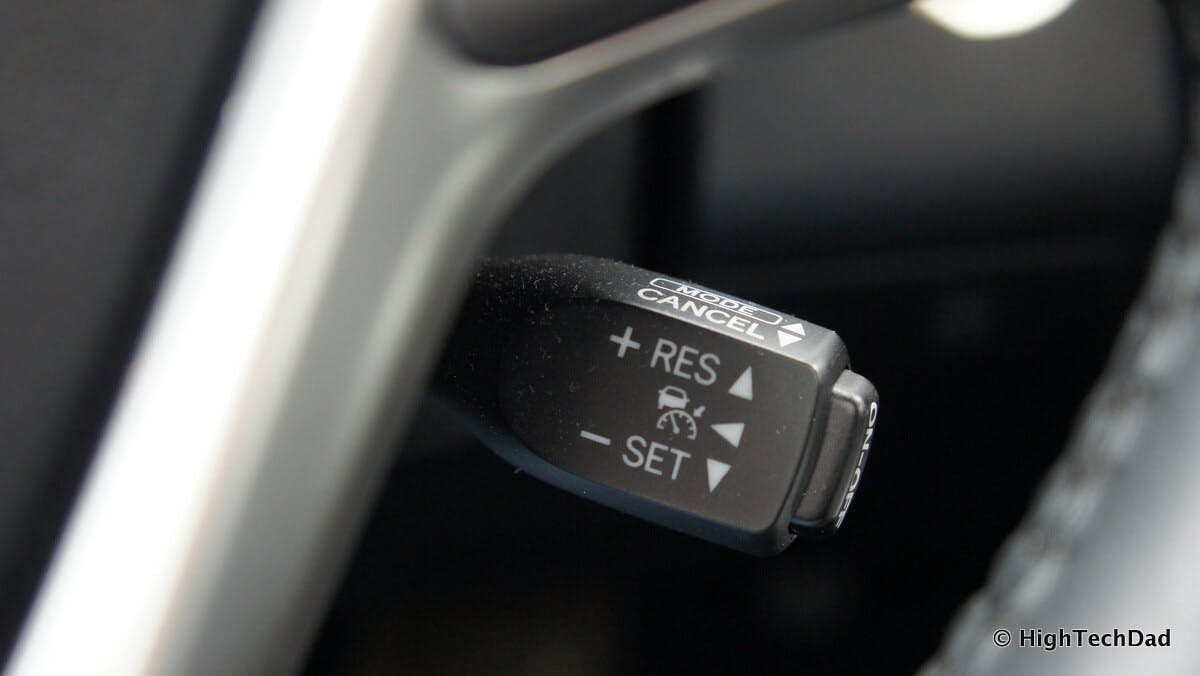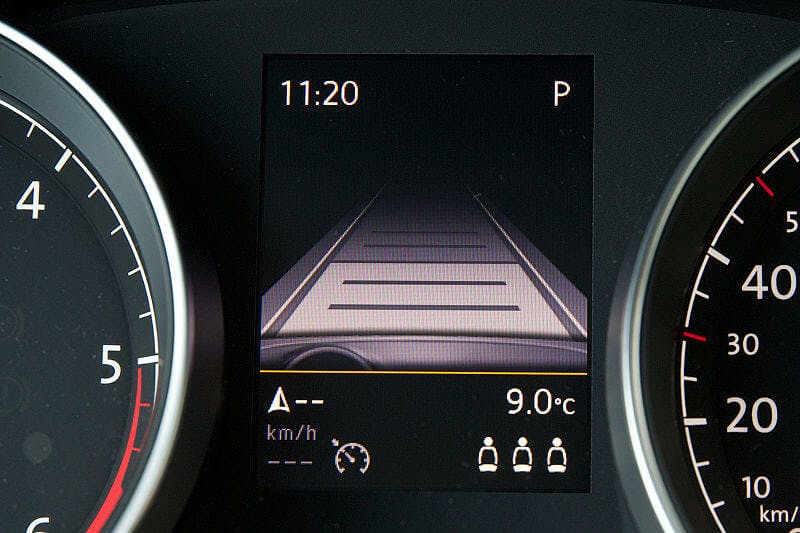Cruise Control: How it works and its benefits

Cruise control is a device that automatically maintains the speed of the vehicle without requiring you to press the accelerator pedal. This feature enhances driving comfort and fuel efficiency
The desired speed of the vehicle is set with the lever under the steering wheel or the buttons on the steering wheel. After setting the desired speed, the vehicle starts to maintain this speed automatically.
Spis treści
How Cruise Control Works
Cruise control systems rely on electronic and mechanical components to regulate the vehicle's speed. The primary components include:
Controller: Responsible for monitoring and adjusting the vehicle's speed.
Actuator: Receives commands from the controller and manipulates the throttle to maintain the desired speed.
Speed Sensor: Detects the vehicle's current speed and sends this data to the controller.
The driver sets the desired speed, and the system engages to maintain that speed by adjusting the throttle position accordingly. The system will increase the throttle if the vehicle's speed drops due to an incline or other factors. Conversely, the system will reduce the throttle to maintain the set speed if the speed rises.
The cruise control is automatically switched off if the driver presses the brake pedal. In the same way, the cruise control is also switched off if the driver depresses the clutch pedal.
Modern adaptive cruise controls even monitor what is happening in front of the vehicle, allowing you to automatically reduce your speed and maintain a safe distance from other vehicles.
History of Cruise Control
The history of cruise control can be traced back to the 1940s when inventor and mechanical engineer Ralph Teetor developed the first prototype. Teetor was blind since the age of five.
The idea of cruise control was born in his head, thanks to the frustrations of sitting in a car driven by his lawyer. He kept slowing down while talking, and after he stopped talking, he started speeding up again. Another motive for Teeter was to increase driving safety because he realized how much conversation distracts the driver's attention.
Teetor patented the so-called Speedostat in 1950. Cruise control appeared for the first time in a mass-produced car in 1958, more precisely in the Chrysler Imperial car.
When Is It Worth Using Cruise Control?
Cruise control provides maximum comfort, especially on highways or long stretches, where it makes driving easier and more pleasant. In addition, it helps to maintain the set speeds and also reduces fuel consumption.
However, cruise control is unsuitable for use during heavy traffic, on sections with many turns, or on bad (broken, snowy, icy) roads where you must brake more often.
Types of Cruise Control Systems
There are several types of cruise control systems available, each with its unique features and benefits:
Traditional Cruise Control: The original system maintains a constant speed set by the driver. It does not consider the distance to other vehicles and requires manual disengagement when approaching slower traffic.
Adaptive Cruise Control (ACC): An advanced system that uses sensors and cameras to monitor the distance between vehicles. ACC can adjust the vehicle's speed automatically to maintain a safe following distance, even in stop-and-go traffic.
Cooperative Adaptive Cruise Control (CACC): An evolution of ACC that leverages vehicle-to-vehicle (V2V) communication to share data between vehicles, enabling smoother and more efficient speed adjustments.

Adaptive cruise control: How does it work?
Benefits of Using Cruise Control
Cruise control offers numerous advantages for drivers, including:
Improved fuel efficiency: By maintaining a steady speed, cruise control can reduce fluctuations in fuel consumption, resulting in increased fuel efficiency.
Enhanced driving comfort: Drivers can relax their feet during long drives, reducing fatigue and improving overall comfort.
Reduced speeding violations: Cruise control helps drivers maintain a consistent speed within legal limits, minimizing the risk of speeding tickets.
Increased safety: Adaptive cruise control systems enhance safety by maintaining a safe